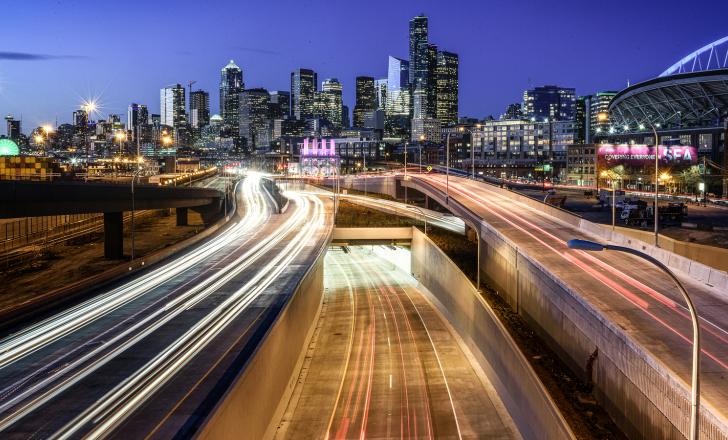
A year after opening, vehicle use through Seattle’s State Route 99 tunnel, part of the city’s Alaska Way project, has topped 1 million trips monthly.
The bored tunnel, which took six years to complete, allows major changes to the centre-town road network under a harbourfront rejuvenation scheme. This included the dismantling of the 3.5km viaduct directly under which the tunnel was bored (see World Highways, Key Project Report, November 2017).
The Washington State Department of Transportation said that since tolling started in November, 83% of drivers using the tunnel have a Good To Go! account, which means they pay the lowest toll possible - US$2 less than having no pass or account. The tolls help pay back construction bonds and pay to keep the 3.2km tunnel running safely and smoothly, said the department.
The final tunnel construction bill came to $2 billion out of the overall project’s $3.2 billion.
Last year also saw the dismantling of the viaduct that was built in three phases from 1949 through 1959, with the first section opening in 1953. Some of the concrete from the demolition was pulverised to fill in the now-redundant Battery Street Tunnel.
With the viaduct gone and SR99 underground, the city is opening up much former factory and sea storage facilities and creating a people-oriented waterfront, including a park promenade. The opening is expected by 2021.













